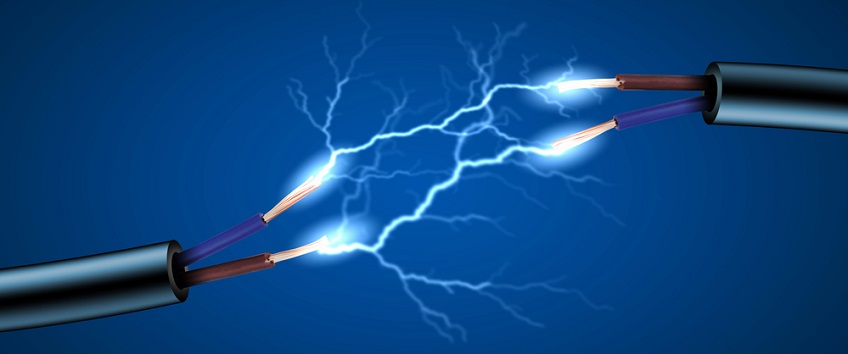It’s not easy to keep growing cities green when there is such a high demand for building space. But nobody wants to live in a concrete jungle, which is why a company in the US has proposed a rather unusual solution: underground parks.
Inspired by New York City’s High Line, an abandoned elevated freight railway turned urban park, “Lowline” hopes to use pioneering solar technology to repurpose a former trolley terminal into a public space.
The one-acre former trolley terminal, which was abandoned in 1948, is located in the Lower East Side of Manhattan, an area which is considered “one of the least green areas of New York City,” according to Lowline’s website. Despite long-term neglect, the site has maintained some interesting features, such as old cobblestones and rail tracks, some of which Lowline plan to keep as a way of showcasing the history of the site.
The idea behind Lowline is to not only provide more green space, but to demonstrate how innovative solar technology can be used to transform cities. Alongside providing residents with a pleasant area to relax in and escape from the hustle and bustle of the city, the park will host a variety of cultural events, art exhibitions and youth activities.
To illuminate the underground area and feed all of those plants and trees, street-level reflective parabolas will be used to collect sunlight and direct it underground via fiber-optic cables. The light will then be dispersed through the park by aiming it towards reflective dishes. The solar collectors will be positioned in areas that receive lots of sunlight, and will be adjustable so that they can follow the sun as it moves, maximizing the amount of light that can be collected. When insufficient sunlight is available, electricity would be used to light up the park instead.
The project comes with a $60 million price tag, which will mostly come from private investors, although the government has agreed to fork out some cash, too. So far, over $1 million has been raised for research and design.
Construction is anticipated to commence in around five years’ time, but first Lowline needs to overcome some technical hurdles, such as working out the best way to channel the collected sunlight underground.



